Manners when invited to a Wedding~Gift Money
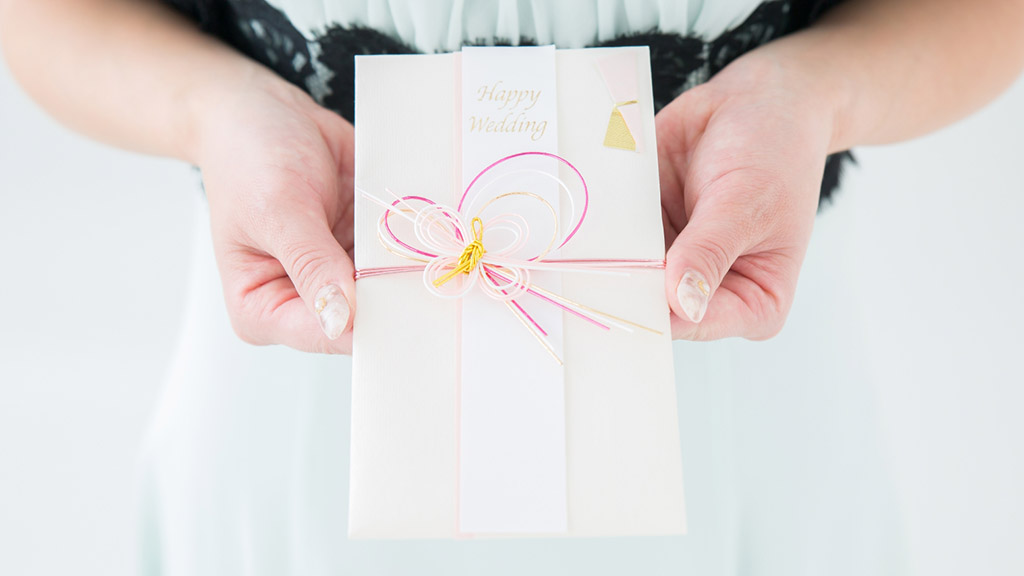
This post is also available in 日本語
We talked about what to do when receiving an invitation to the wedding. This time it’s “goshuugi”, a gift money for the wedding.
Contents
Prepare this by the day before
It is called “goshuugi” to give money as a wedding gift. If the wedding party asks you to pay a fee to attend, you only have to bring the pre-noticed amount. However, common practice is to prepare the gift money in a “shuugi bukuro” (gift envelope) beforehand.



Decide the amount of the gift
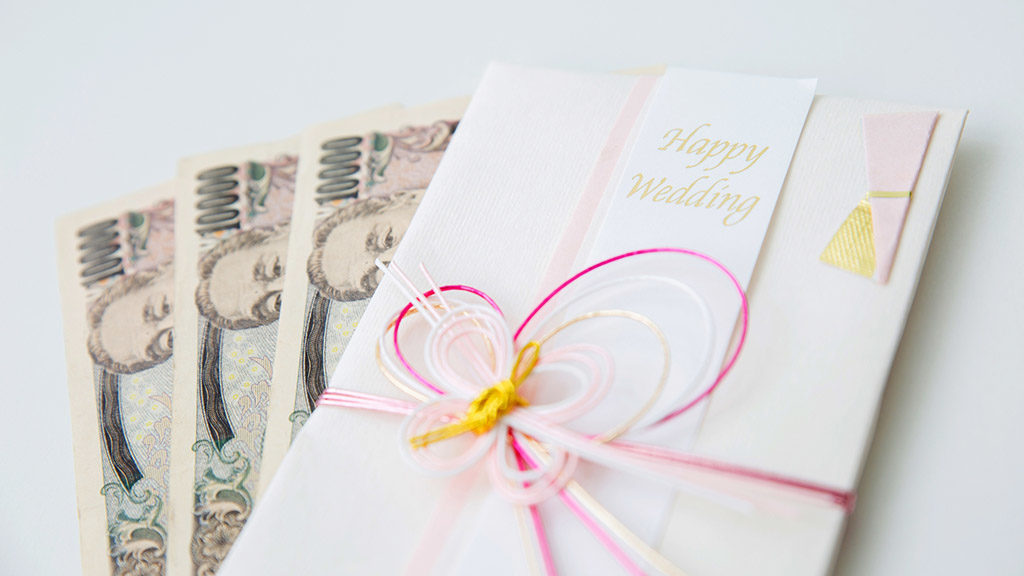
How much do you have to enclose? The going rates are, 30,000yen when you attend alone and 50,000yen when the bride/bridegroom is your sister/brother, 50,000yen you attend as a couple, and 100,000yen when bride/bridegroom is your sister/brother.
The amount can be different according to your age and the relationship with the bride and bridegroom. If you are not certain, you may want to consult with someone who is attending the wedding and has similar relation with bride/bridegroom.
Incidentally, the amount should not be 40,000yen, 60,000yen or 90,000yen because these 4, 6, and 9 sounds in Japanese as unlucky numbers.
Prepare “goshuugi “in new bills
The “goshuugi” has to be in new 10,000 bills. As you prepare “goshuugi” beforehand, this may indicate that you are really looking forward to attending.
There are ATMs which dispenses new bills, but you should use the exchange machine or teller window on a weekday.
Buy the “shuugibukoro”
You can get the “shuugi bukuro” (gift envelope) at a stationary store or at a convenient store.
You must pick the right “shuugi bukuro” because there are different types of “shuugi bukoro” depending upon the occasion. The one for wedding is decorated with a “noshi” (auspicious lucky sign) and with a “mizuhiki” (a ceremonial paper cord (in red and white, or gold-silver). The “mizuhiki” form is knotted in a certain way which makes it very difficult to untie and called “musubikiri” (to untie it has to cut) and “awajimusubi”, hoping the marriage will never be broken. You can also find ones like a turtle and a crane which symbolize a long life in Japan. A “chomusubi” (a bow knot) must not be used for a wedding gift because it can easily untie and tie again repeatedly.
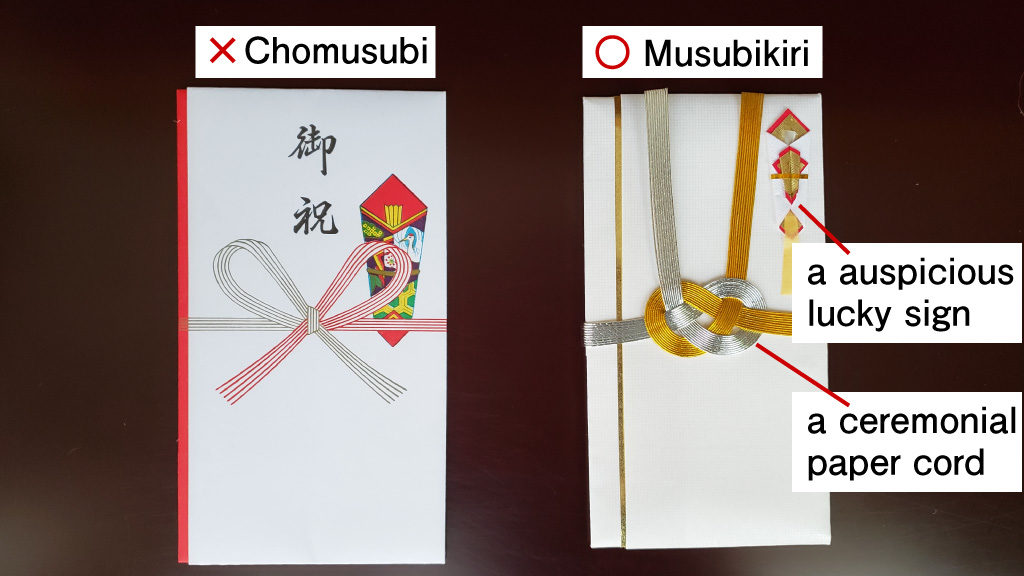
It is not always appropriate to use a very luxurious gift envelope. You must use one appropriate for the amount of money to be enclose. Some envelopes have suggested amount.
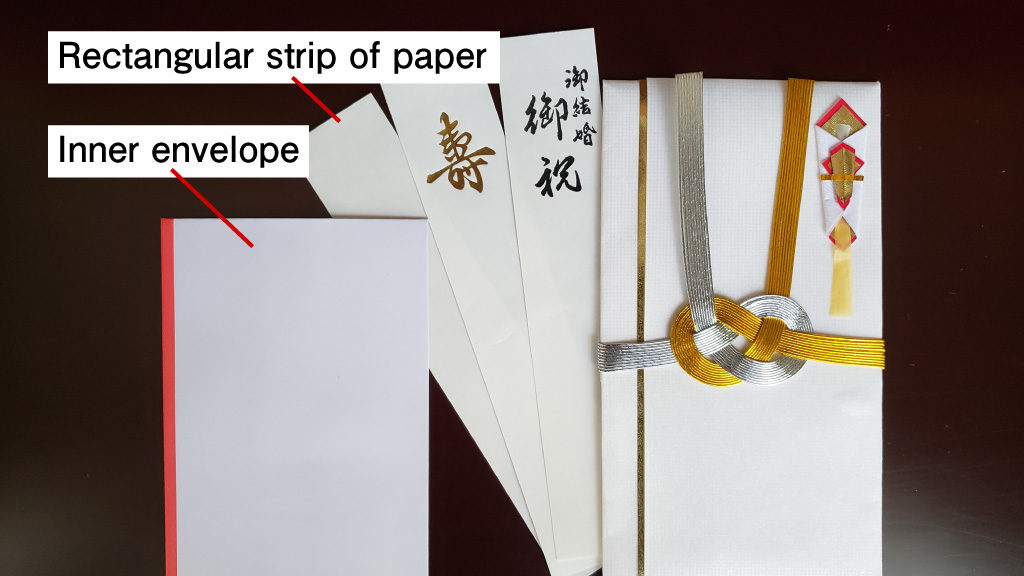
Except a gift envelope with printed “mizuhuki”, place the bank notes in an inner envelope and insert it into the gift envelope. Therefor it’s easier to use a gift envelope with an inner one.
Also, an envelope with a “tanzaku” with characters printed like 「寿」、「壽」or 「御結婚御祝」(all means “Congratulations”) on the “tanzaku” will be easy to use.
Take a picture of “shugibukuro” before open
If you feel not sure how to close the gift envelope in the way it was when you bought it, take a picture of it before you open it.
How to use the “shuugibukuro”, and how and what to write
You need a pen. You can buy a pen called “fudepen” which has two felt tips, one with dark black ink and the other with light black ink. The light black one is only used for mourning.
The next step is to write the amount of gift on the face of the inner envelope in special “kanji.”On the back, write gift-giver’s address and name.

On the face of the “shuugibukuro”, write a congratulatory word and put you full name in “katakana” not in alphabet vertically below the “mizuhiki.”
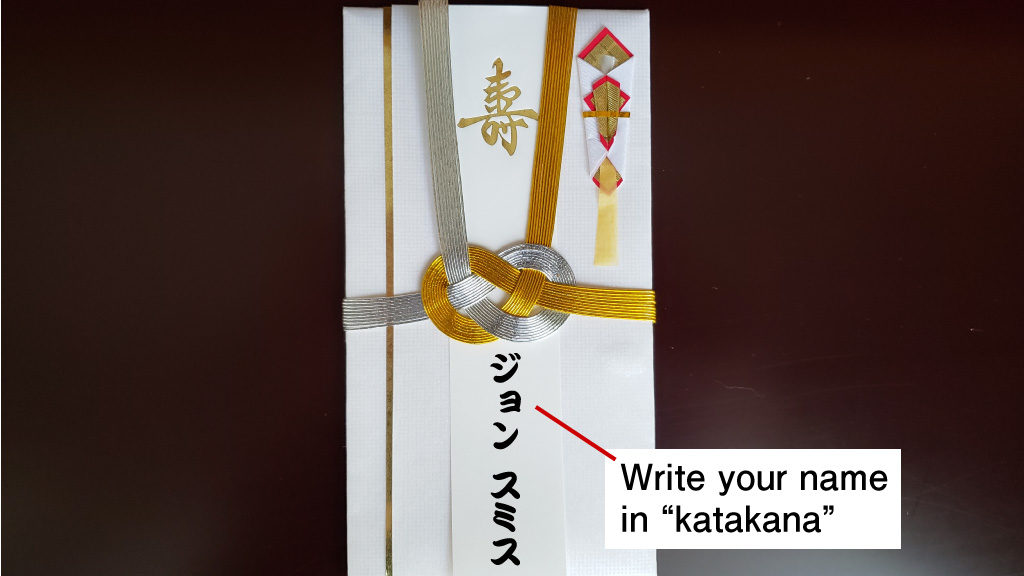
Then, place bank notes in the inner envelope in such a way that the face side of notes on top and the notes are stacked tidily in the same direction.

The inner envelope with bank notes enclosed is now wrapped with its face on top side, never to be up side down. The lower flap has to be on top of the upper flap. This is to wish that the happiness would not spill out.
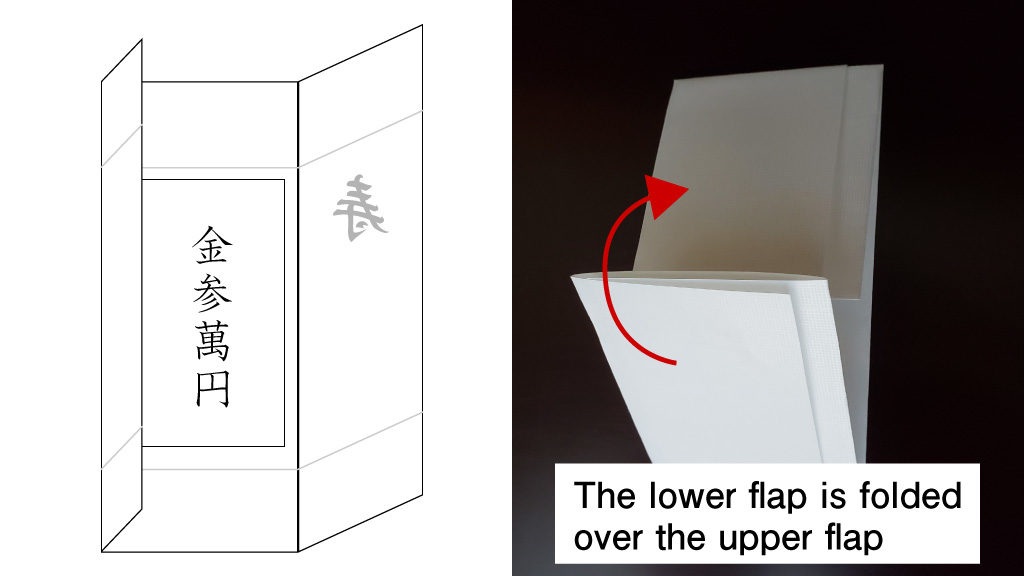
Hand in “goshuugibukuro” to the reception desk of the wedding
You hand in the gift envelope to the receptionist, not to the bride nor the bridegroom.
You say greeting words like, “Congratulations” and identify yourself, like “I am so-and-so, a friend of the bride/ bridegroom.
You produce the “goshuugibukuro” from a small lapping cloth or a handkerchief, preferably from a “fukusa,” a silk lapping cloth, which prevents the “goshuugibukuro” from bending, with the topside of the envelope facing right at the receptionist, using both hands.
- Will You Get a Perfect Score? Test Your Knowledge of Japanese Dining Etiquette!
- Can You Answer All The Questions?[Résumé Quiz] – Reasons For Applying, and More (Part 2)
- Don’t Make These Mistakes! 6 Important Business Manners at Work
- How Many Can You Answer? [Résumé Quiz] – Pictures, Information, and More (Part 1)
- How to Describe “Personal Requests” in your RIREKISHO – Documents required for job hunting 09









